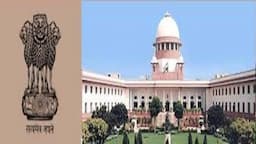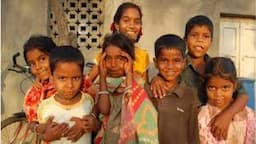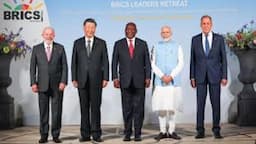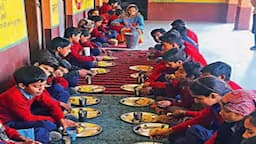For India, scaling down or even phasing out the use of urea, DAP and MOP has become a strategic imperative.
The main reason is that all these fertilizers are imported, either directly or as raw materials for production that takes place in the country. India has no mineable potash reserves, so MOP is imported entirely from Canada, Russia, Jordan, Israel, Turkmenistan and Belarus.

Apart from being import-dependent (and more so with the depreciation of the rupee), urea, DAP and MOP are of high analysis: MOP contains 60% potash (P) and urea contains 46% nitrogen (N). 18% N and 46% P are contained in DAP.
Most crops do not need fertilizers that contain this much of one nutrient. For best absorption through the roots and leaves of the plant they need balanced fertilization. This means products that contain nutrients in the right amounts and ratios.

They include in addition to N, P and K also micronutrients (zinc, iron, copper, boron, manganese and molybdenum) and secondary nutrients (sulfur, calcium and magnesium). Farmers will use imported materials and limited foreign exchange more efficiently if they are weaned off high-analysis fertilizers.
NPKS complex fertilizer sales are forecast at 14 mt this financial year (2024–25), almost twice as much as 7. 3 mt in 2013–14, largely because of 20: 20: 0: 13, which is gradually replacing DAP.
Similar marketing campaign would be required for 10: 26: 26: 0, 12: 32: 16: 0, 15: 15: 15: 0 and 14: 35: 14: 0 so that the amount of MOP used directly could be minimised and sold only after incorporation into these complexes.

.webp&w=3840&q=75)













